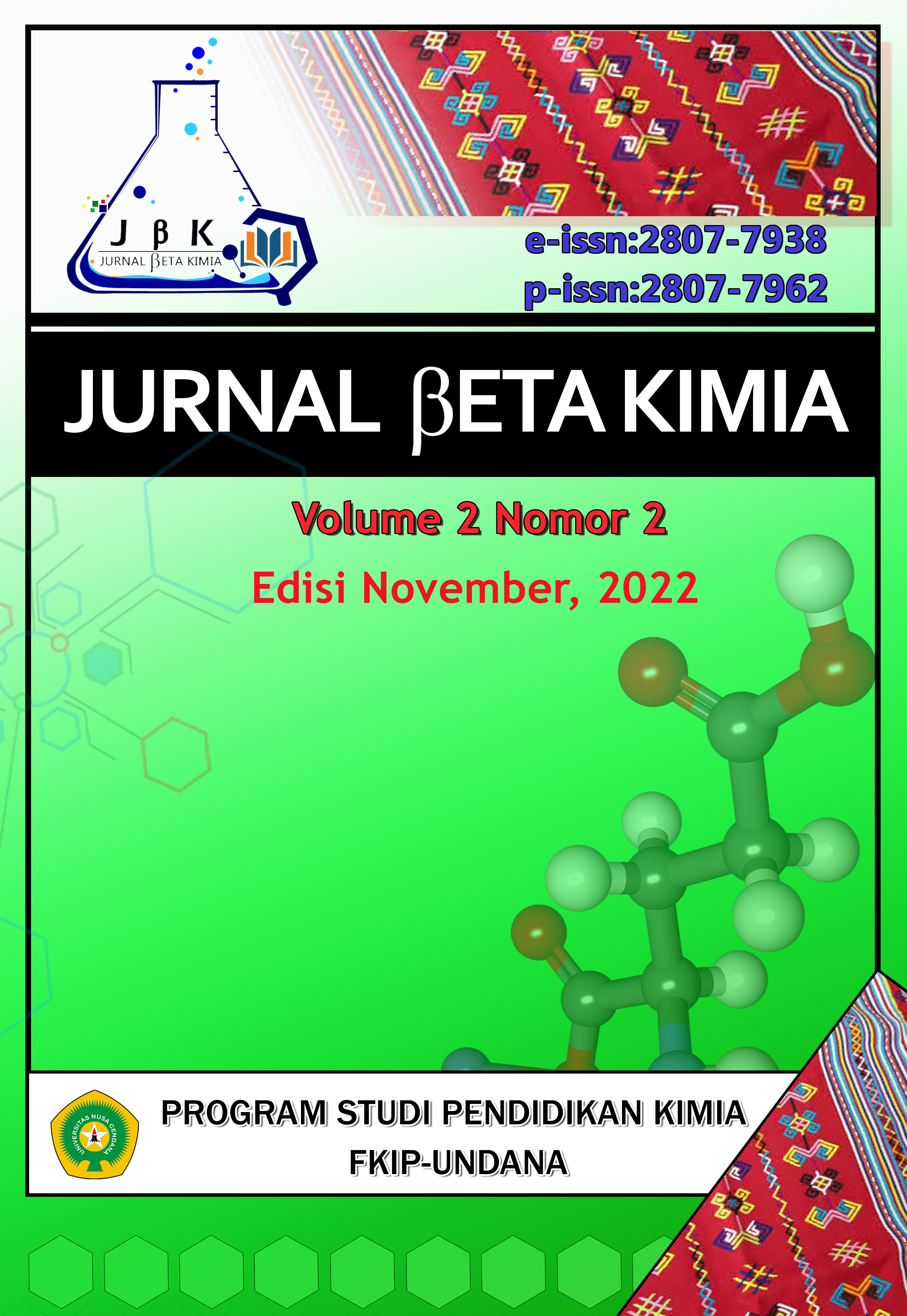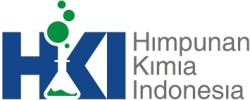Perancangan Bahan Ajar Elektronik Berbasis Android Guna Meningkatkan Literasi Peserta Didik
Abstract
Research has been carried out with the title Designing Android-Based Electronic Teaching Materials to Improve Student Literacy. This study aims to determine: (1) the form of android-based electronic teaching materials on chemical equilibrium materials, (2) the level of validity of android-based electronic teaching materials on chemical equilibrium materials, and (3) student responses to the development of android-based electronic teaching materials on chemical equilibrium material. The development model used is the ADDIE model. The android-based electronic teaching material product that has been developed is in .apk format with a capacity of 74.6 megabytes named “Chemical equilibrium”. The results of the assessment of material and media experts on the level of validity of these electronic teaching materials have a very valid category with the percentage of overall validity being 96.19% and 90.20%, respectively. Meanwhile, the response of students to this electronic teaching material when the trial was carried out on average showed a very good response by getting the overall percentage was 97.78% in the small group trial and 96.33% in the large group trial. Thus, this android-based electronic teaching material on chemical equilibrium material is suitable for use in chemistry learnin activities as a source of independent learning and learning media.
Keywords: Electronic Teaching Materials, Android, ISpring Suite 10, Website 2 APK Builder, Chemical Equilibrium
Downloads
 This work is licensed under a Creative Commons Attribution-ShareAlike 4.0 International License. Copyright is retained by the authors, and articles can be freely used and distributed by others.
This work is licensed under a Creative Commons Attribution-ShareAlike 4.0 International License. Copyright is retained by the authors, and articles can be freely used and distributed by others.

 Sudirman Sudirman(1*)
Sudirman Sudirman(1*)












